Have you ever wondered when exactly is the right time to feed the aquarium fish? Feeling confused about whether to feed your aquatic pets little or much? Look no further! In this blog post, we will look at the tropical fish feeding schedules, and we’ll briefly touch on the optimal feeding regimen of tropical and marine fish and share some tips on feeding community tanks. It’s time to feed your fish properly, to guarantee that they stay healthy and happy.
Content Table
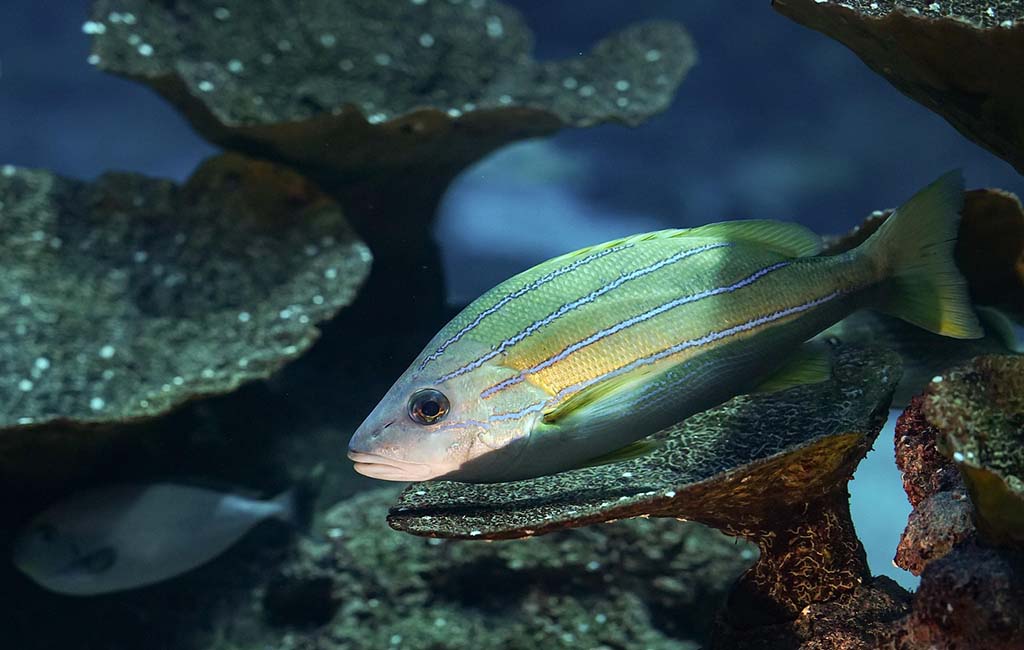
Fish feeding schedule
How Often to Feed Aquarium Fish
Generally, the recommended feeding frequency for most aquarium fish is once or twice a day. The exact amount and frequency can vary depending on factors like:
- Fish species: Some fish, for instance, the goldfish, have a higher metabolism and will therefore need to be fed more regularly.
- Fish size: Large fish will have a higher consumption level than its counterparts.
- Water temperature: This implies that warmer water can boost the metabolic rates of the fish and therefore has an effect on their feeding rates.
- Aquarium size: Big tanks can be able to accommodate many fish, most of which will have to be fed, and this will be a large amount of fish food.
Key considerations when feeding aquarium fish
- Overfeeding: One of the main mistakes that an aquarist can make is overfeeding his or her fish. When it is left in large quantities, food can spoil and emit dangerous bacteria and other toxins.
- Water quality: Your aquarium should have good water quality. It is critical to change the water frequently and to have a proper setup of the filtration system in the tank.
- Food variety: Feed your fish several foods so that it can obtain all the nutrients that it requires. Pick flake, pellet, and frozen or live food as the options to feed your aquarium fish.
- Feeding time: It is important to standardize the feeding time according to the needs of your fish in the aquarium.
Tropical Fish Feeding Schedule
The ideal feeding frequency for tropical fish can vary depending on the specific species, their size, and their metabolic rate. However, a general guideline is to feed them 1–2 times a day.
Feeding Schedule Examples
Here are some examples of feeding schedules for common tropical fish species:
- Goldfish: These fish have high metabolisms and can be eaten more frequently. A good schedule is 2–3 times a day, with small portions each time.
- Betta fish: Bettas are carnivores and should be fed 1–2 times a day with small portions of live or frozen food.
- Guppy fish: These small fish can be fed 2–3 times a day with a variety of flake or pellet food.
- Cichlids: Cichlids can vary in size and diet, but a general guideline is to feed them 1–2 times a day with a combination of flake, pellet, and frozen food.
Tips for Creating a Feeding Schedule
- Observe your fish: Watch your fish closely to determine their appetite and adjust the feeding schedule accordingly.
- Consider the fish’s size: Larger fish will need more food than smaller ones.
- Vary the diet: Offer a variety of foods to ensure your fish are getting the nutrients they need.
- Avoid overfeeding: Overfeeding can lead to water quality issues.
- Establish a routine: Stick to a consistent feeding schedule to help your fish develop a healthy eating pattern.
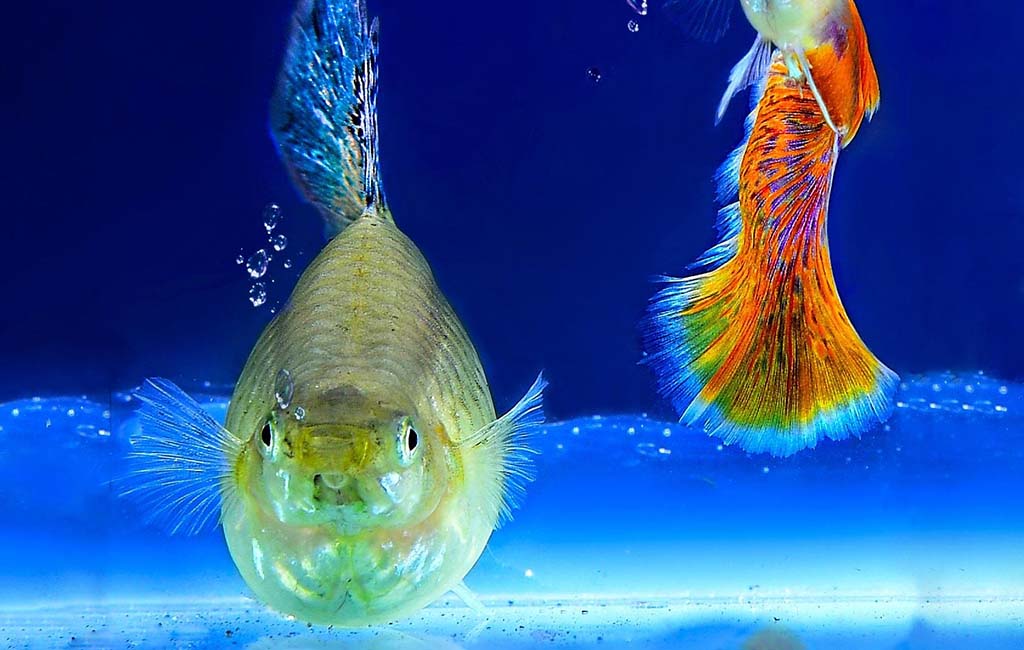
Tropical fish feeding schedule
Marine Fish Feeding Schedule
Feeding marine fish can be a little more complex than feeding freshwater fish due to the diverse dietary needs of different species. Here’s a general guide:
Feeding Frequency
| Most marine fish | 2–3 times per day |
| Some species (e.g., tangs, surgeonfish) | 3–4 times per day |
| Predatory fish | 1–2 times per day with larger portions |
Feeding Schedule Examples
| Herbivores | Carnivores | Omnivores |
| e.g., tangs, surgeonfish | e.g., clownfish, gobies | e.g., damselfish |
| Feed a variety of algae-based foods, like seaweed, nori, and algae flakes, throughout the day. | Offer a mix of live, frozen, or prepared meaty foods like brine shrimp, bloodworms, and mysis shrimp. | Provide a combination of plant and animal-based foods. |
Tips for Creating a Feeding Schedule
- Research specific species: Different marine fish have unique dietary requirements.
- Observe feeding behavior: Watch your fish to determine their appetite and adjust feeding accordingly.
- Vary food sources: Offer a variety of foods to ensure nutritional balance.
- Avoid overfeeding: Excess food can contribute to water quality issues.
- Consider water temperature: Warmer water can increase metabolic rates, leading to increased appetite.
- Use a feeding ring: This can help prevent food from spreading throughout the aquarium.
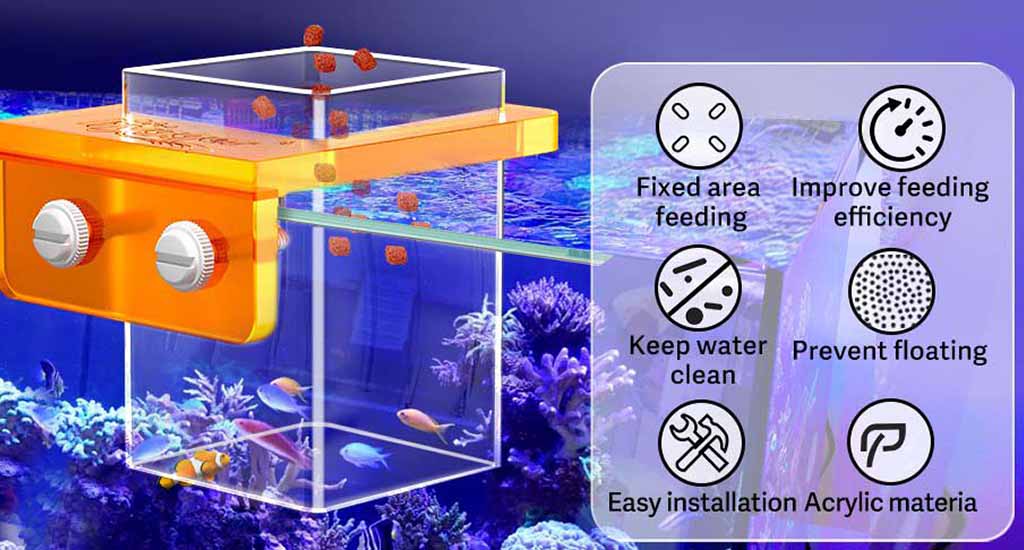
How to Feed Fish in a Community Tank
Feeding a community tank involves balancing the nutritional needs of different fish species. Here are some tips:
Feeding Frequency
As a general rule, feeding your community tank fish 2–3 times per day is a good starting point. However, this can vary depending on several factors:
- Species: The kind of fish such as goldfish are known to have high metabolic rates and may thus need to be fed more often. Some of the fish may require several meals in a day, like Cichlids, while others will do just fine with just a few meals per day.
- Size: It is also important to note that larger fish are likely to consume more food as compared to small fish.
- Water temperature: Higher temperatures also make a fish have a higher BMR, and therefore, the fish becomes hungrier.
- Aquarium size: A big aquarium provides the capacity to accommodate more fish that will need more food to be prepared and offered to them.
- Fish behavior: Observe your fish, and you will be in a position to identify which of them are hungry and which ones are full. Depending on the fish species, there may be some that will attack the food more ferociously than others that will sip the food.
Feeding Methods
- Target feeding: Use a feeding tube or tongs to deliver food directly to specific fish.
- Scatter feeding: Distribute food evenly throughout the tank.
- Automatic feeders: Consider using an automatic feeder for convenience.
Feeding Tips
- Avoid overfeeding: Siphon the excess food to avoid water quality issues.
- Vary food types: Offer a variety of foods to meet different nutritional needs.
- Observe feeding behavior: Watch your fish to ensure they are eating and adjust feeding accordingly.
- Target aggressive feeders: If certain fish are dominating the feeding, use target feeding to ensure everyone gets enough.
- Consider feeding times: Choose feed times that avoid stress for your fish (e.g., avoid feeding right before lights out).
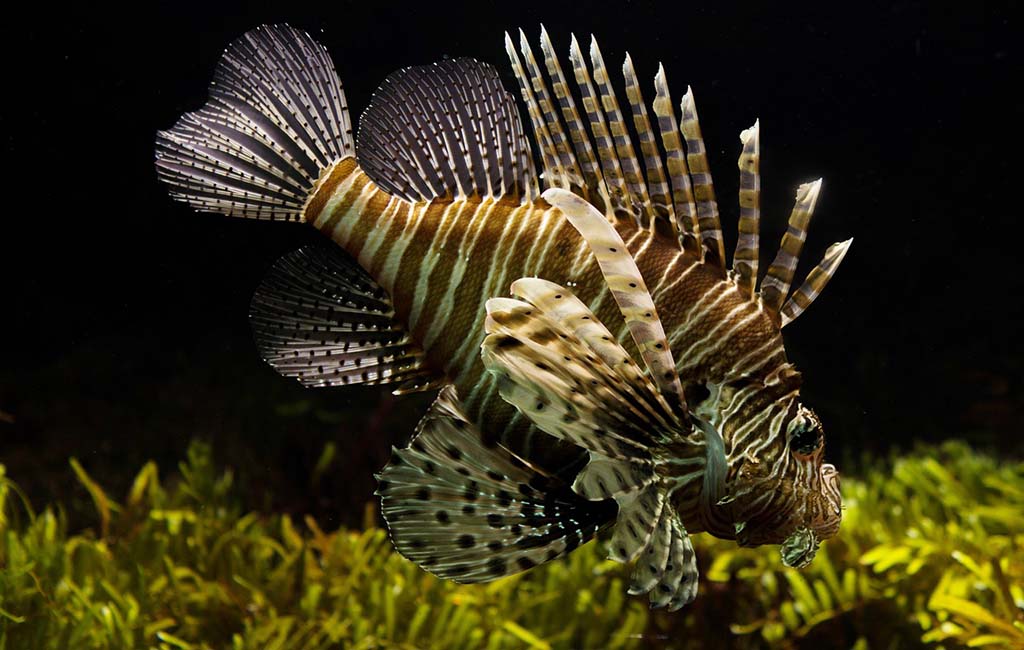
Feeding pet fish
Feeding Schedule Examples
- Community tank with goldfish, guppies, and tetras: Feed 2–3 times per day, with a mix of flake, pellet, and frozen foods.
- Community tank with cichlids, catfish, and shrimp: Feed 1–2 times per day, with a variety of live, frozen, and prepared foods.
Closing Remarks
A little observation and some thinking are required, but these ideas should assist you in making a feeding regime that will be most beneficial to your fish. Remember, consistency is key. The feeding pattern will help a lot in helping your fish to have a long, healthy life within the fish tank.
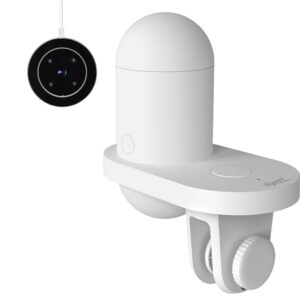
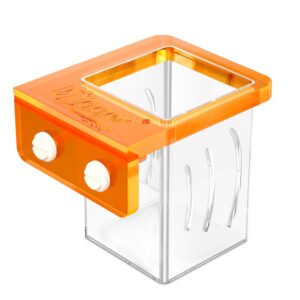
Leave a comment